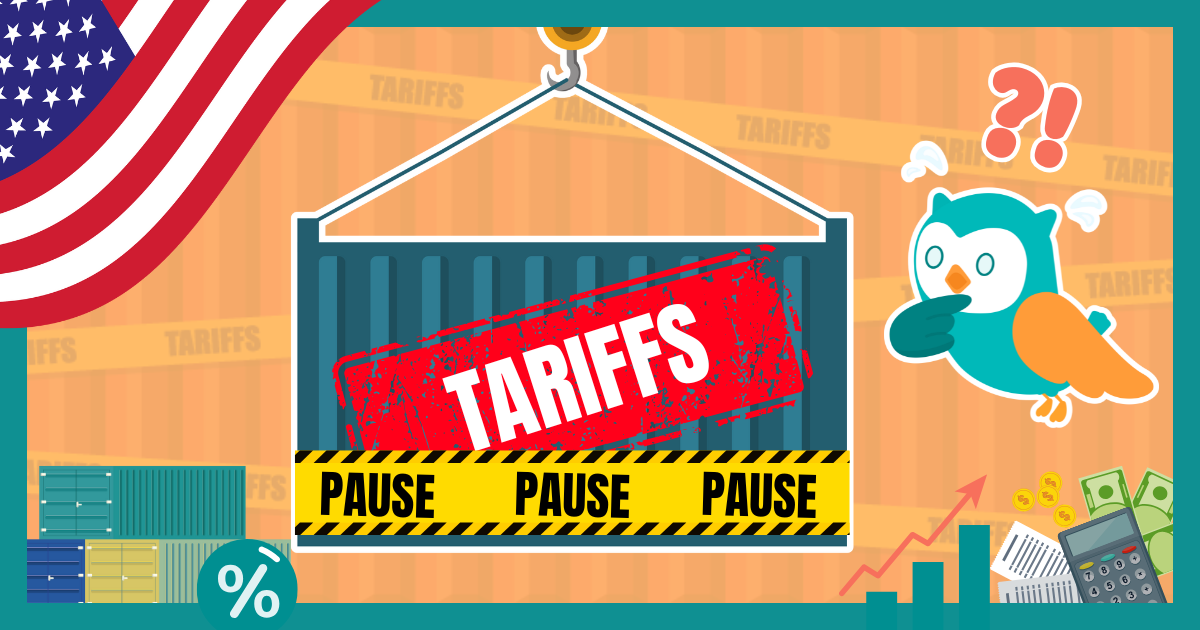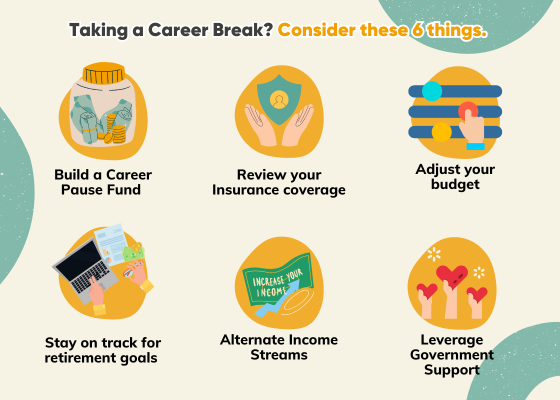Note: It was announced in November 2023 that MoneyOwl will be acquired by Temasek Trust to serve communities under a re-purposed model, and will move away from direct sale of financial products. The article is retained with original information relevant as at the date of the article only, and any mention of products or promotions is retained for reference purposes only.
______________
Guest contribution by Chong Ser Jing, Portfolio Manager & Co-Founder of Compounder Fund at Galilee Investment Management Pte Ltd, Blogger at The Good Investors.
The apparent disconnect between the stock market and the economy is one of the hottest topics of discussion in the finance community this year. What does this mean for you as an investor?
The stock market and the economy are not the same things, and this has been the case for a long time. Why is that so? Let’s look at the US, for example, since it’s home to the world’s largest economy and stock market (in terms of market capitalisation).
Due to the ongoing restrictions on human movement to fight Covid-19, the country’s economy inched up by just 0.6% in the first quarter of 2020 as compared to the year before. The second quarter of the year saw the US’s economic output fall by a stunning 9.0%. That’s an even steeper decline compared to the worst quarter during the 2007-2009 Great Financial Crisis.
Yet the US stock market – measured by the S&P 500 – is up by 4.1% in price as of 30 September 2020 since the start of the year. Many are saying that this makes no sense, that stocks shouldn’t be holding up if the economy’s being crushed. But here’s the thing. The stock market and the economy are not directly correlated. Here’s why.
A walk down memory lane – 1907 Banker’s Panic
Let’s go back 113 years ago to the 1907 Bankers’ Panic – a financial crisis in the US that saw the New York Stock Exchange fall almost 50% from its peak in the previous year.
It’s not widely remembered today but the crisis, which flared up in October 1907, was a period of severe economic stress for the US. In fact, it was a key reason behind the US government’s decision to set up the Federal Reserve, the country’s central bank, in 1913.
Here are excerpts from an academic report published in December 1908 that highlighted the horrible state of the US economy during the Panic of 1907:

From this, you can see that there were improvements in the economic conditions in the US as 1908 progressed. But the country’s economic output toward the end of the year was still significantly lower than in 1907.
Now let’s look at the US stock market in that same period. Using data published by Nobel-Prize-winning economist Robert Shiller, I constructed the chart below showing the S&P 500’s performance from 1907 to 1917.

Source: Robert Shiller data; calculations by guest contributor
It turns out that the US stock market fell for most of 1907. It bottomed out in November of the year after a 32% decline from January. It then started climbing rapidly in December 1907 and throughout 1908, even though 1908 was an abject year for the US economy. And for the next eight years, US stocks never looked back. What was going on in the US economy back then in 1908 was not the same as what happened to its stocks.
No link between stock market and economy
It may surprise you, but studies on the long-term histories of stock markets and economies around the world show that there’s essentially no relationship between economic growth and stock prices over the long run. One of my favourite examples comes from asset manager AllianceBernstein and is shown below:

Despite stunning 15% annual GDP growth in China from 1992 to 2013, Chinese stocks fell by 2% per year in the same period. Mexico on the other hand, saw its stock market gain 18% annually, despite anaemic annual economic growth of just 2%. A wide gap can exist between the performance of a country’s economy and its stocks for two reasons.
First, stocks are ultimately driven by per-share earnings growth as well as changes in valuations (how much investors are willing to pay for each dollar of earnings). On the other hand, a country’s economic growth is driven by the revenue growth of all its companies.
There can be many obstacles between a company’s revenue growth and earnings growth. Some examples include poor cost-management, dilution (where a company issues more shares and lowers its per-share growth), and regulatory pressures (such as a company facing an increase in taxes).
Second, the presence of revenue growth for all companies in aggregate does not mean that any collection of companies are growing.
What this means is that if we’re investing in stocks, it’s crucial that we focus on companies and valuations instead of the economy. This brings us to the situation today.
The current situation, diving deeper
We have to remember that when we talk about the stock market, we are usually referring to a stock market index, which reflects the aggregate stock price movements for a group of companies. For example, the most prominent index in the USA is the S&P 500, which consists of 500 of the largest companies in the country’s stock market. There are two things worth noting about the index.
- The American economy has more than six million companies, so the S&P 500 – as large as it is with 500 companies – is still not at all representative of the broader picture.
- The S&P 500’s constituents are weighted according to their market cap, meaning that the companies with the largest market caps have the heaviest influence on the movement of the index.
According to the Wall Street Journal, the S&P 500’s five largest companies in the middle of January 2020 – Apple, Microsoft, Alphabet, Amazon, and Facebook – accounted for 19% of the index then. Here’s how the five companies’ businesses performed in the first half of 2020:
| Company | Revenue growth in first half of 2020 from year ago | Earnings per share growth in first half of 2020 from year ago |
|---|---|---|
| Apple | 5.5% | 10.6% |
| Microsoft | 13.6% | 0.4% |
| Alphabet | 5.5% | -15.6% |
| Amazon | 33.5% | 24.4% |
| 14.0% | 99.4% |
Source: Companies’ quarterly earnings updates, data from guest contributor
Although the US economy did poorly in the first half of this year, the S&P 500’s five largest companies in mid-January 2020 saw their businesses grow relatively healthily. What’s happening in the broader economy is not the same as what’s happening at the individual company level, especially with the S&P 500’s largest constituents.
From this perspective, the S&P 500’s year-to-date movement (the gain of 4.1%), even with the gloomy economy as a backdrop, makes some sense.
In fact, the recent movement of stocks makes even more sense if we dig deeper. On 4 August 2020, Bloomberg published an article by investor Barry Ritholtz titled Why Markets Don’t Seem to Care If the Economy Stinks. Here are some relevant excerpts from Ritholtz’s piece:


It turns out that the companies whose businesses have crashed because of Covid-19 have indeed seen their stock prices get walloped. But crucially, they don’t have much say on the movement of the S&P 500.
Conclusion
Stock market indices are useful for us to have some overview of how stocks are faring. But they don’t paint the full picture. They can also move in completely different directions from economies, simply because they reflect business growth and not economic growth. What’s happening today – stocks and the economy seemingly moving in opposite directions – does make sense if we look beneath the hood.
The main takeaway is that when you’re investing in stocks, don’t let the noise about the economy affect you from staying invested as they don’t always move in the same direction. Instead, focus on what you can control – suitable asset allocation to help you stay invested and a low-cost globally-diversified portfolio.
Disclaimer: The views expressed by the author are his own and do not necessarily express MoneyOwl’s views. The information provided in this article is for educational purposes and should not be taken as financial, investment, or other professional advice. Speak with a professional adviser before making important decisions about your money, your professional life, or even your personal life. The author currently has a vested interest in the shares of Alphabet, Amazon, Apple, Facebook, and Microsoft. Holdings which are subject to change at any time.




